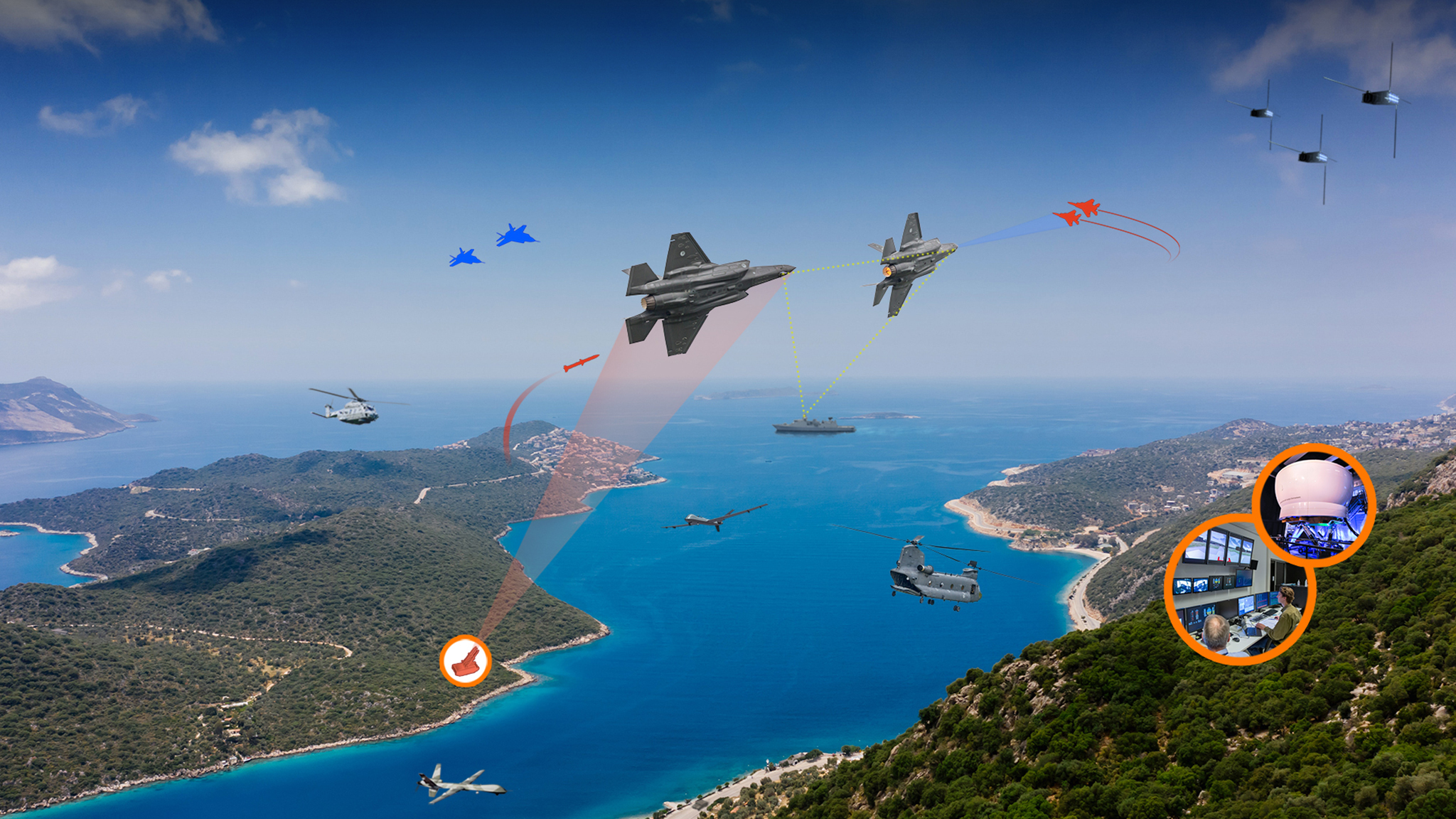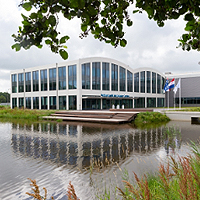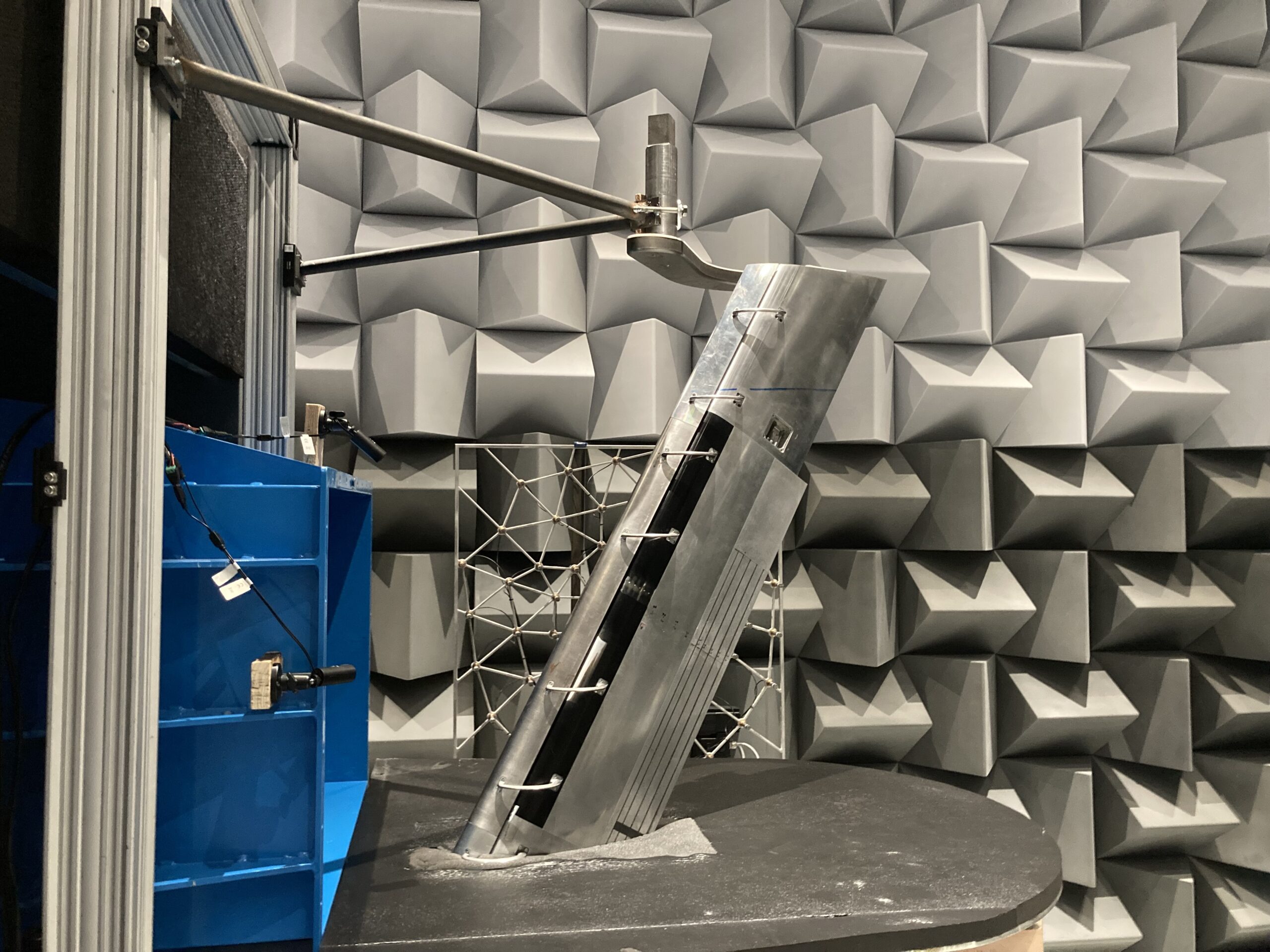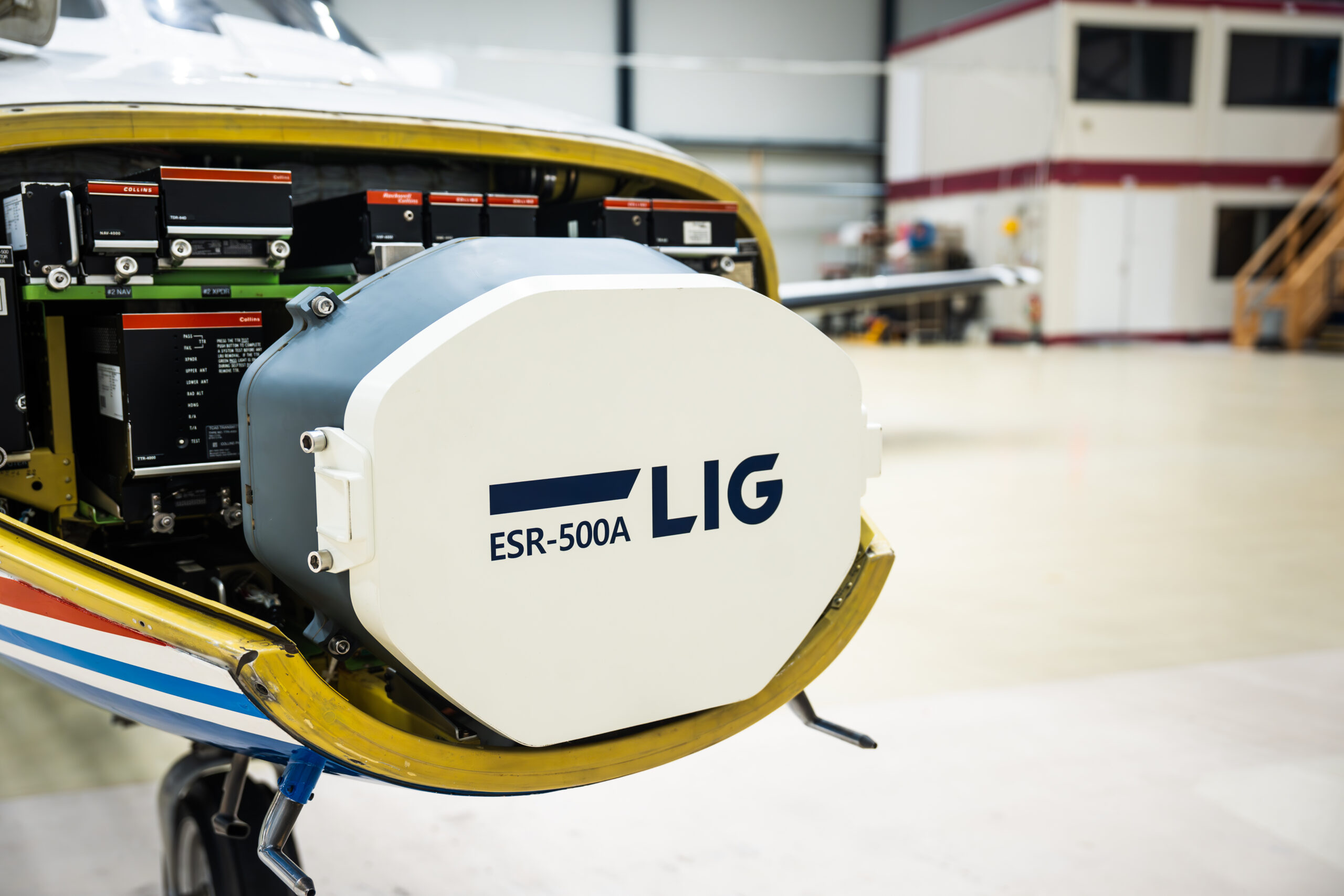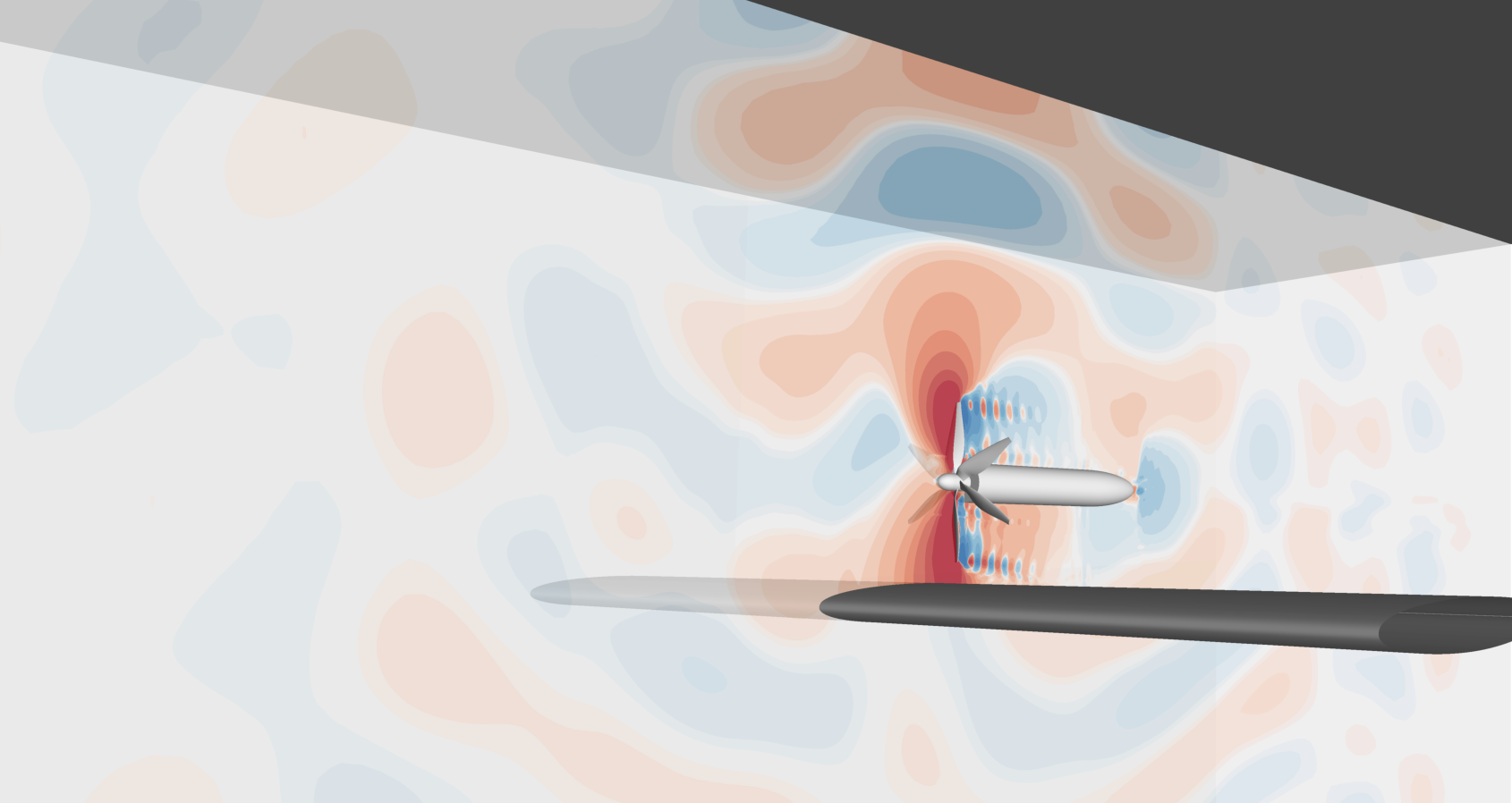Live, Virtual and Constructive elements in one training environment
The challenge
LVC incorporates Live, Virtual and Constructive elements into a single training environment. Conducting seamless LVC exercises remains one of the most challenging issues in modelling and simulation for modern air forces. There is insufficient interoperability, limited reuse and loose integration between the Live, Virtual and Constructive assets across multiple simulation and training environments. Our research programme focuses on efficient and user-oriented LVC concepts for training in the air domain.
The solution
The goal is to determine how LVC solutions can be utilised for better and more effective air power, in collaboration with the Royal Netherlands Air Force.
Expected results of the project are as follows:
- LVC concepts for flexible and scalable training in the air domain
- Testbeds and demonstrators of LVC technology
- Experimental tests of innovative LVC solutions connected to live exercises
- Recommendations on how to use LVC environments for concept development and experimentation
What did we do?
NLR helps identify concepts and solutions for LVC training development, integrated service-oriented architectures, datalink and communication technology and LVC exercise operations. Specific knowledge of the topics, processes and technology – known as the building blocks – is combined in an overarching Air LVC concept.
This can cover complete systems such as flight simulators, training pods or datalink terminals, but also smaller tools and services such as datalink gateways or weapon effect services. An LVC architecture is determined and used for implementing a specific air domain LVC capability with existing systems, networks and tools. This capability is used to test and evaluate LVC technology building blocks and processes in relevant international operational exercises
Project partners:
Industry (NL): Royal Netherlands Air Force (RNLAF)
Research organisations: Royal NLR
Duration: 2021-2024
